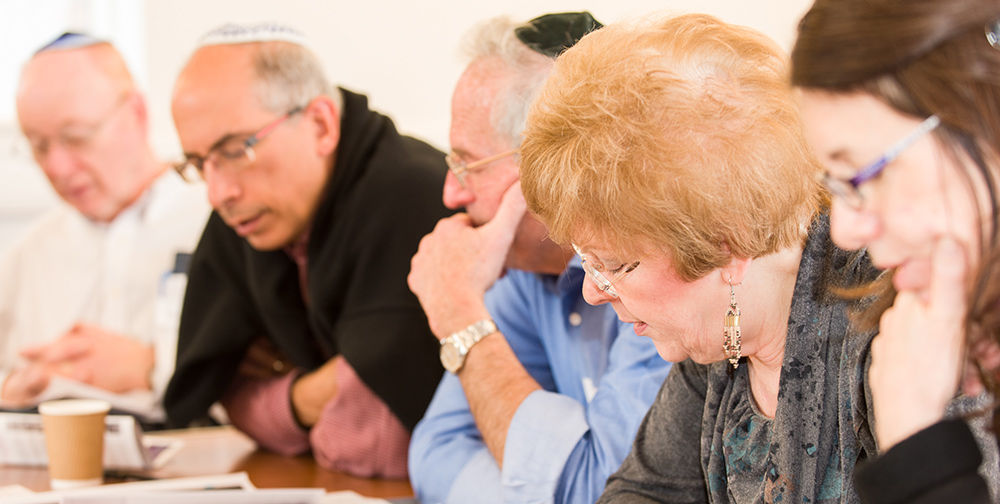Reflections – Tazria-Metzora

The first question to be posed about this Torah portion is its name. The tradition is that a Torah portion is titled for its first word or distinctive word. Hence we have Torah portions named for nouns (e.g., Devarim), verbs (e.g., Tzav), names (e.g., Balak) and even prepositions (e.g., Mikketz). This one is named for its first operative verb, tazria – but that verb is preceded by a noun: isha, the word for ‘woman’. And indeed, the initial paragraphs of this portion centre on a human process that can only be carried out by a woman: that of birth.
The Torah teaches that if a woman gives birth to a son, she is ritually unclean for a seven-day period, following which she must not enter the Sanctuary or touch anything holy for a further thirty-three days. If she gives birth to a daughter those time periods are both doubled.
If we take a step back from the language of ritual purity and impurity, which many of us find alienating, we can see there are two questions here: why is the post-birth time split into two separate parts, and why are they different for male and female babies?
The key to answering the first question lies in the Hebrew of the Torah itself. It specifies that the first period – seven and fourteen days respectively – will be like ‘menstrual impurity’, nidat dotah titmah. But the second period – the thirty-three and sixty-six days – is described as being teshev bidmei toharah – ‘she will sit in the blood of purification’. While a person looking from the outside would see the same thing – a woman being segregated for a number of days – the Torah suggests that the mother is experiencing two separate processes.
Medical science still seems to suggest that the first week after birth is the time when the physical danger to mother and baby is greatest. But the time after that, though, is also critical in terms of the mother and the baby establishing the rhythms of their relationship and of the mother finding out how to read the baby’s signals, especially those related to feeding and comfort. And in case we mistakenly thought that the woman was ‘sitting in impurity’, the Torah takes care to remind us that the change she is undergoing is one of purification. Those thirty-three and sixty-six days are a journey of, and towards, holiness.
As for the second question – a teacher of mine recently observed, ‘when you give birth to a girl you are giving birth to your grandchildren.’ There is a profound truth in this. The number of eggs a woman will have in her lifetime is encoded in her body from the moment of her own birth. There are many midrashim about birth, including one that suggests that God blows breath into every new child as if it were the first human being, and at the end of its life takes that breath away with a kiss. At birth we witness anew the wonder of that first breath. If it is a miracle – and it surely is – to be in the presence of a new life entering the world, then how much more so when the new life is, as it were, doubled?
As ever with this part of the Torah, we are left with the question of whether, and if so how, the matters dealt with can relate to our lives today. It would be interesting to study this passage with a group of new mothers and see what their personal commentary would reveal about the time immediately after birth: a new, holy, learning, perhaps chaotic time, in which God leans closer to humanity than at any other moment until life ends. The isha for whom this portion should properly be titled is likely also the best interpreter of its message.
Rabbi Deborah Silver is a member of New North London Synagogue and Assistant Rabbi at Adat Ari El, Valley Village, Los Angeles.




